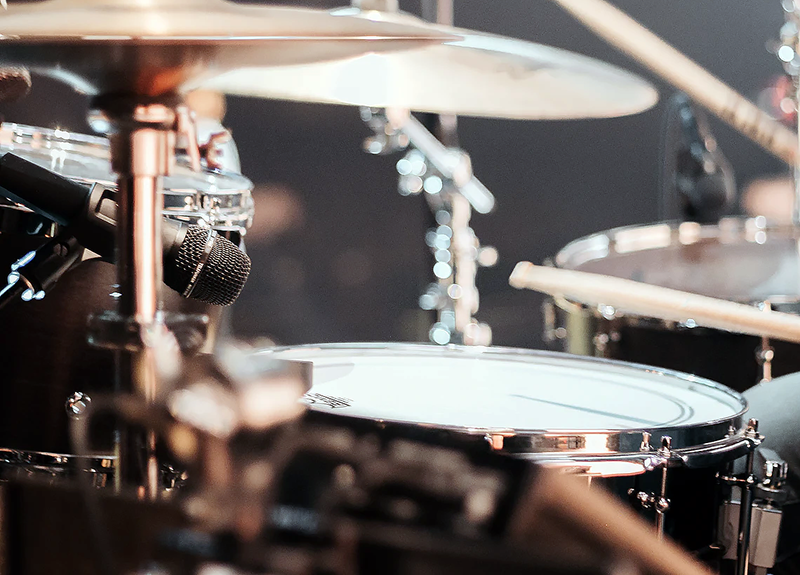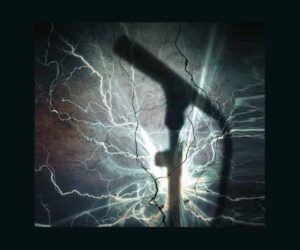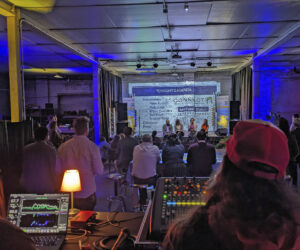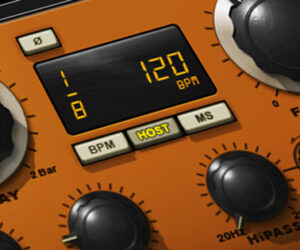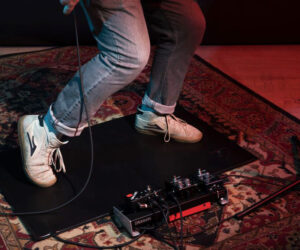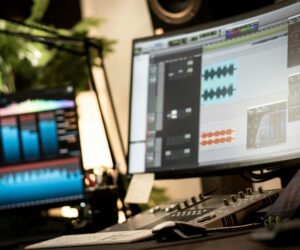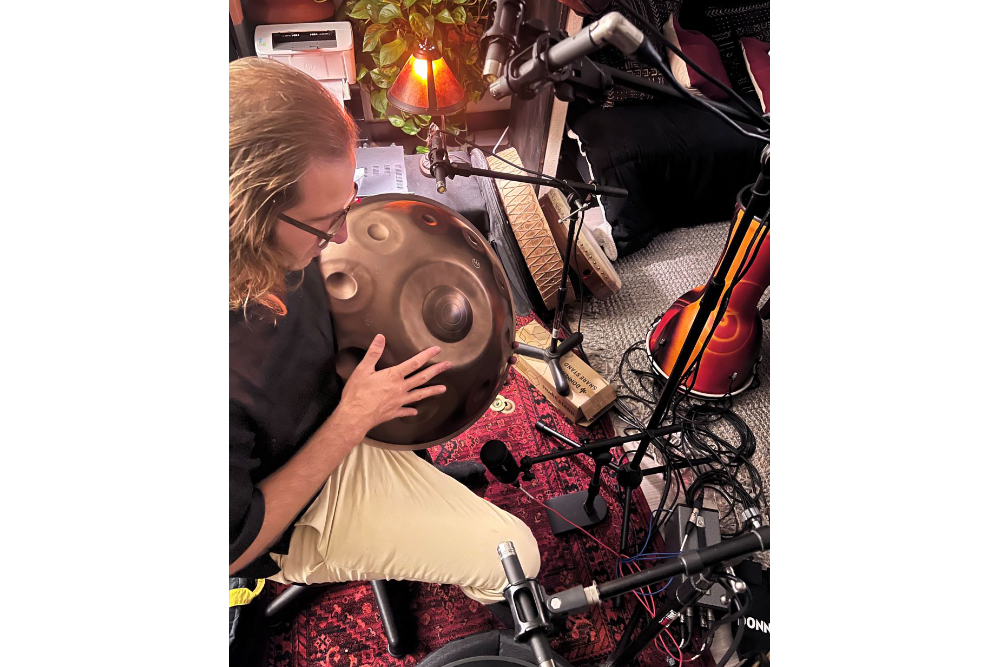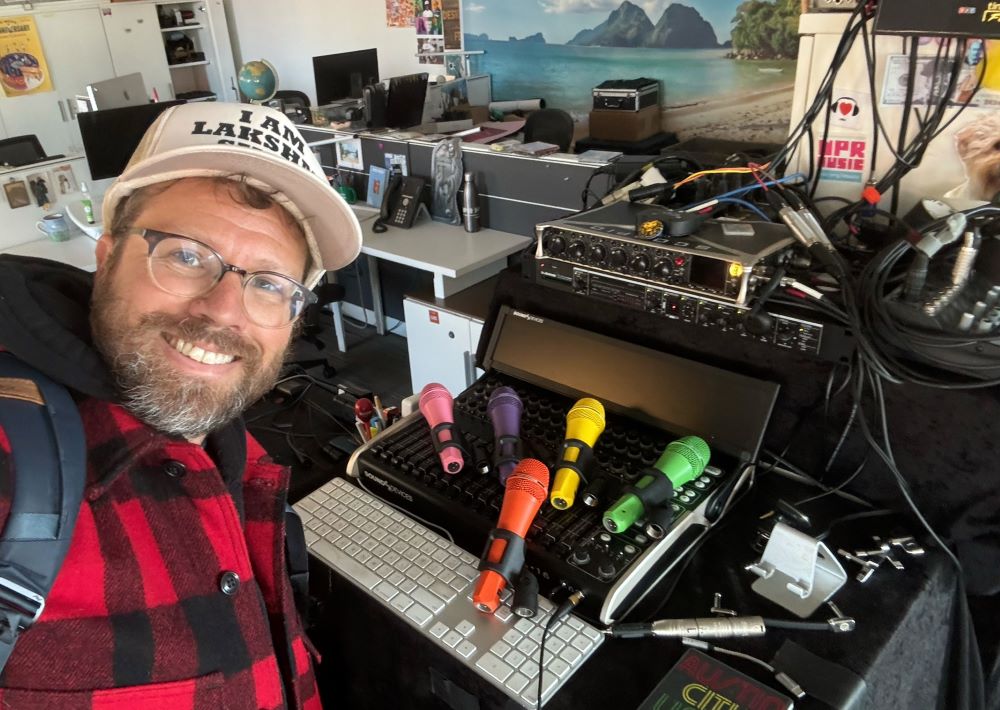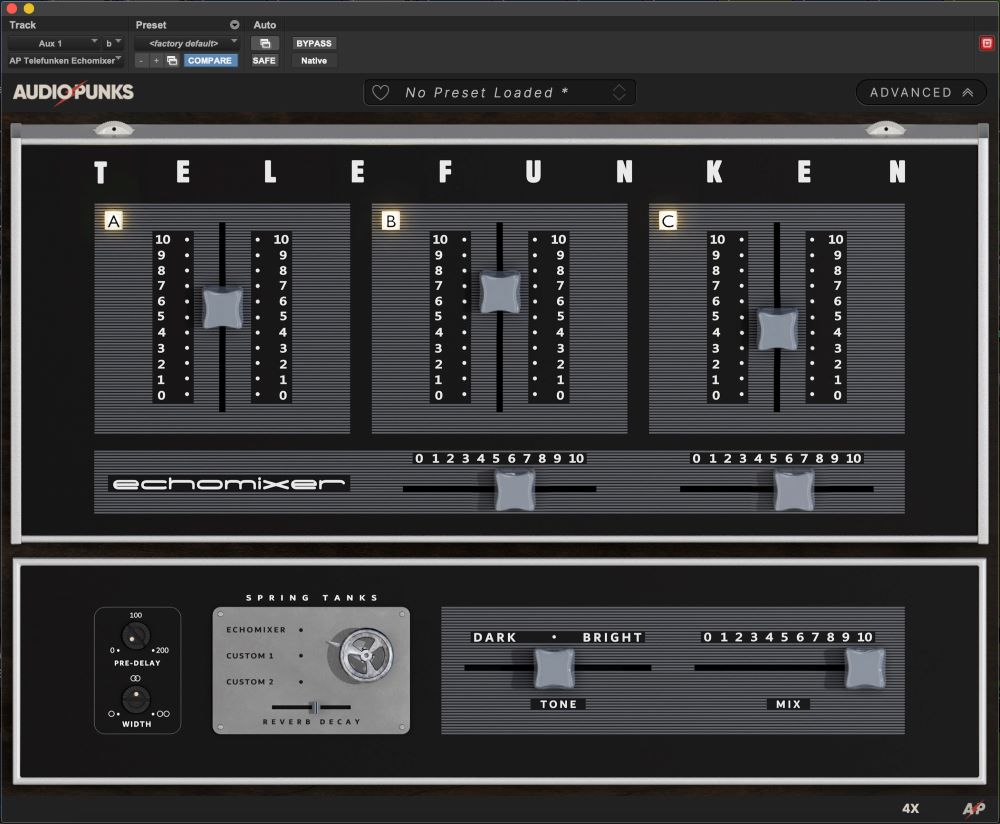It’s pretty common knowledge that if you get the wires mixed up when hooking up two loudspeakers that something “not good” happens.
Loudspeaker phase (actually, polarity) seems at first glance a pretty simple concept. If both loudspeakers are moving outward at the same time the sound adds together, and if one is moving out while the other moves in, the sound cancels out, especially the low frequencies.
Hearing this effect is quite easily demonstrated – listen to your home stereo loudspeakers while standing midway between them and then listen again after reversing the leads on one side. You should notice a very apparent decrease in the lows when they’re wired the wrong way.
To picture why this happens, imagine a very simple pulse or “positive pressure wave” being reproduced by both loudspeakers simultaneously. The two positive pressure waves add together and that means addition or “louder.”
Reverse the leads to one of the loudspeakers and one loudspeaker moves outward (toward you, positive pressure) and the other moves inward (away from you, negative pressure). The pressure wave from one loudspeaker is being “sucked out” by the other loudspeaker, also know as cancellation or “not as loud.”
If we reverse the other loudspeaker lead as well, so that both loudspeakers have reversed leads, both will now move away from you. The two negative pressure waves add together, and that is once again addition or “louder.” In most situations, it doesn’t much matter whether both loudspeakers move toward or away from you, as long as both are doing the same thing at the same time.
Simple, right?
If it was just loudspeakers, all this would be easy .But things are rarely ever simple in the real world of live audio. There are microphones, amplifiers, instruments, drums and plenty more that also make lots of noise. Add in monitors pointing in various directions, and some interesting things happen.
Everyone Does It (Just About)
Nearly every engineer that uses a snare bottom microphone naturally reverses its polarity. Seems simple enough, and you can hear the added lows and punch when pushing the button next to the word “phase” on the console when both the top and bottom snare mic channels are at similar levels.
Fair enough — drummer hits snare, it’s head moves down/away from the top mic while also moving down/toward the bottom mic. The top mic sees a negative pressure wave and the bottom mic sees a positive pressure wave.
It’s not too much different than our loudspeaker example – negative pressure wave plus positive pressure wave equals cancellation, and for most applications, cancellation equals bad. The simple solution is to reverse the polarity of either the top or bottom mic to create addition instead of cancellation.
The Way Things Are Supposed To Be
First let me state that a positive pressure on a “pin 2 hot” mic should produce a positive voltage on pin 2 of its XLR output connector.
Assuming you have a properly wired pin 2 hot sound system, that positive voltage on pin 2 will eventually manifest itself as a positive (outward) motion on the loudspeakers in your system. (Yes, I know some JBL stuff will go inward, and there are other exceptions to take into account.)
But why does this matter beyond snare bottom? Because if you mic the kick from inside the drum (non beater side of the head), then the kick drum beat will produce a positive pressure on it’s mic, and therefore, in most pin 2 hot systems, a positive outward motion of the drum monitor loudspeakers.
Imagine sitting at the drum kit: hit the kick, the head is moving away from you, the drum monitor loudspeaker is moving toward you (negative pressure wave from the kick and positive pressure wave from the drum fill). What do we have? Cancellation, just like in the home stereo with one loudspeaker reversed.
And not only do you have cancellation, but there’s another problem as well; the drum head moves away from the drum monitor, the drum monitor loudspeaker moves toward the drum head and pushes the head in a bit farther, and then the reverse happens – the drum head rebounds toward you, while the monitor loudspeaker moves away.
The drum head and monitor loudspeaker are augmenting each others’ motion, creating “resonance” and increasing feedback susceptibility. This is generally not a good thing. But all you need to do is reverse the kick drum mic polarity, and now the kick drum and drum fill outputs not only add together, but the combination becomes overall less resonant.


